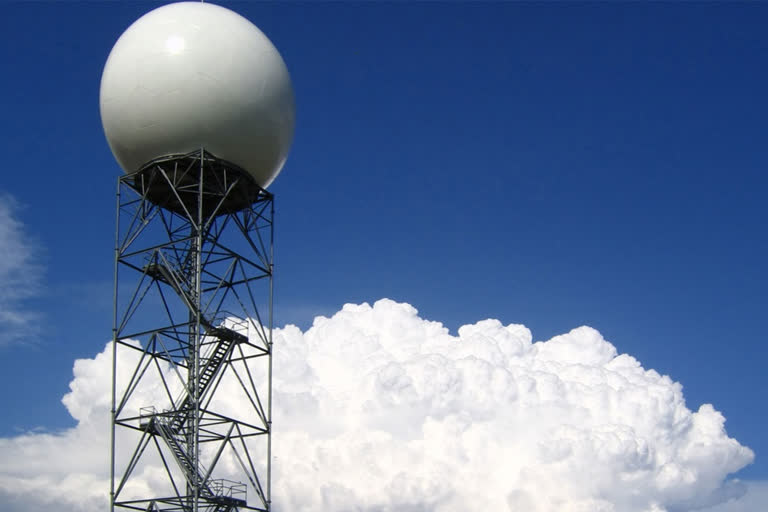New Delhi:Even as India is ramping up its radar infrastructure on the frontier facing China, China is also fast-tracking the installation and upgrade of a string of radar facilities along the 3,488-km Line of Actual Control (LAC) from Ladakh to Arunachal Pradesh while it is engaged in talks with India to resolve the border dispute.
Besides China’s radar unit in Drongpa (Zhongba) County at 5,600 metres (18,370 ft)—possibly the highest radar installation—overlooking Nepal and covering a broad sweep of Indian territory in east and northeast India and Bhutan, the PLA has installed and upgraded a range of major radar installations including HGR-105, JY-9, JY-26 and JLC-88B radars very close to the Indian border.
The main radar hubs to monitor activity on the Indian side along the border include Yecheng-Burang (on the Xinjiang-Tibet Highway), Pagri (Phari) in Yadong county, Yamdrok Tso in Shannan county, Tsona and Kechen (across the Tawang sector in Arunachal Pradesh), Qomo and Nyingchi (across Arunachal Pradesh).
On the other hand, India is in the process of setting up eight L-band Long-Range Tracking Radars (LRTR) in north and northeastern India with a China focus.
In the past, while India was mainly focused on setting up radar facilities with Pakistan in mind, the border with China is occupying primacy now while for China the focus includes the India frontier which is a change from the earlier mindset which focused on the coastal region.
While China has been focused on installing and upgrading radars on the stretch from eastern Ladakh to Arunachal Pradesh, India has to focus on the border facing Pakistan too besides the LAC and the MacMahon Line facing China.
